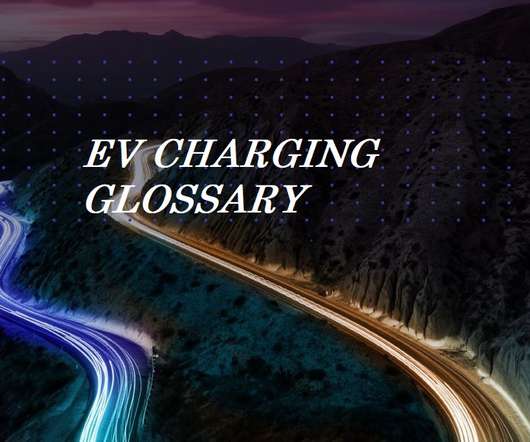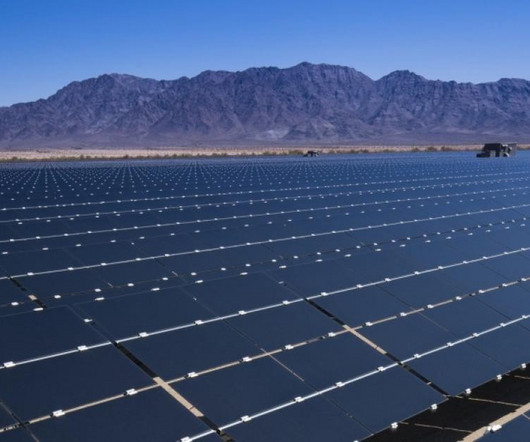DOE awarding more than $50M to 15 projects to advance critical material innovations
Green Car Congress
JANUARY 21, 2021
Critical materials are used in many products important to the US economy and energy technologies, such as rare-earth elements used to manufacture high-strength magnets for offshore wind-turbine generators and lithium and cobalt in lithium-ion batteries for electric vehicles. Partners: Harper International, Phillips66.












Let's personalize your content